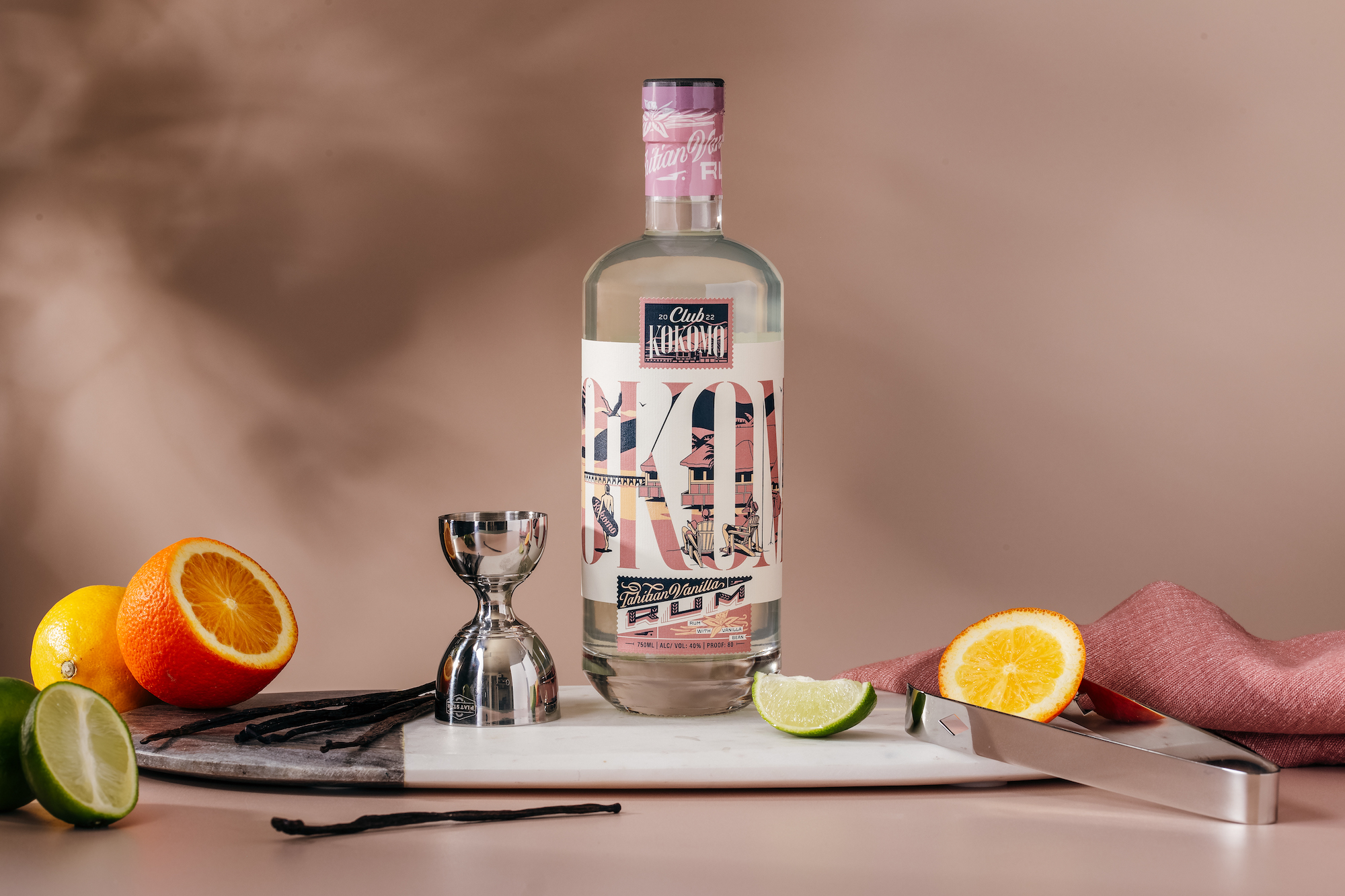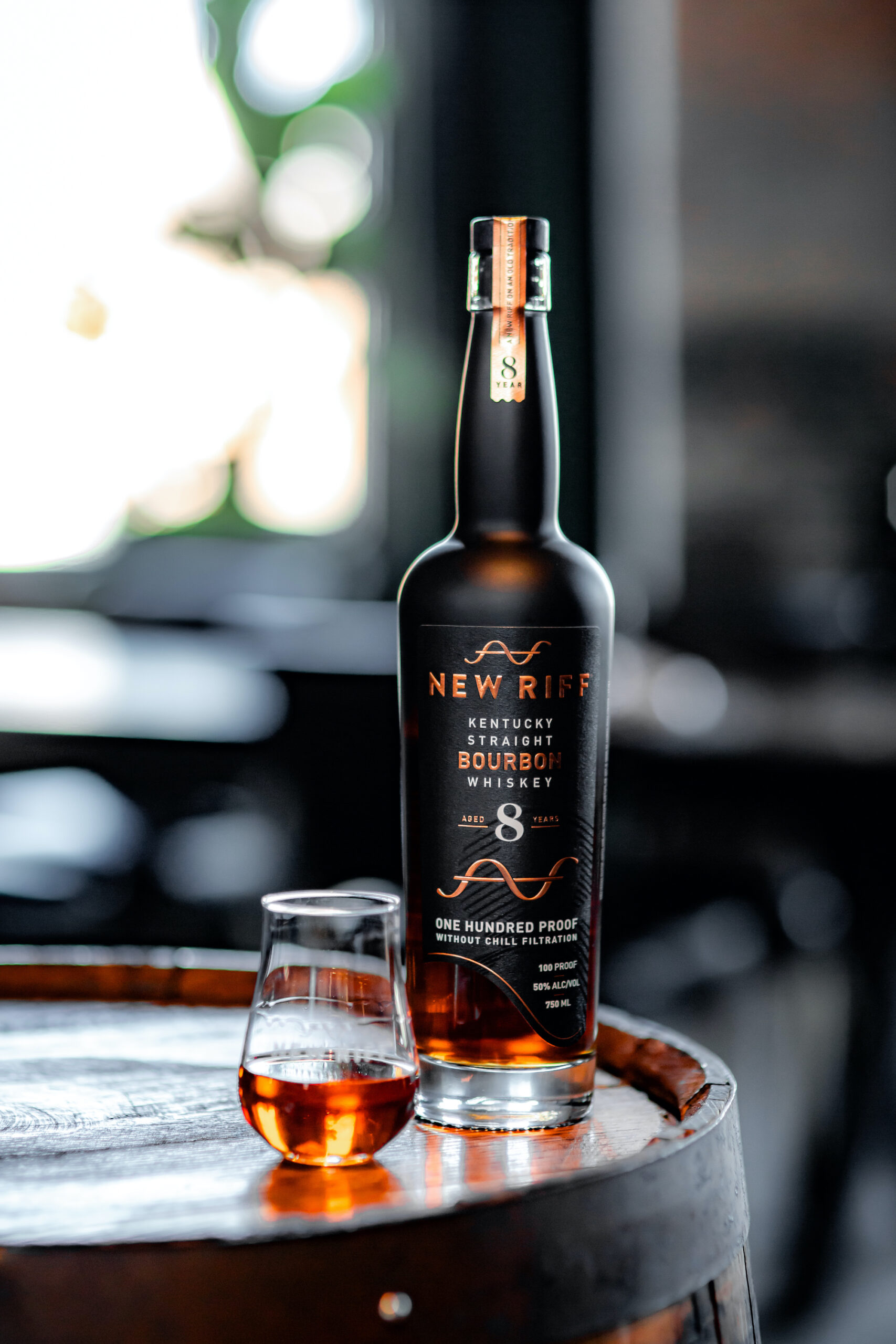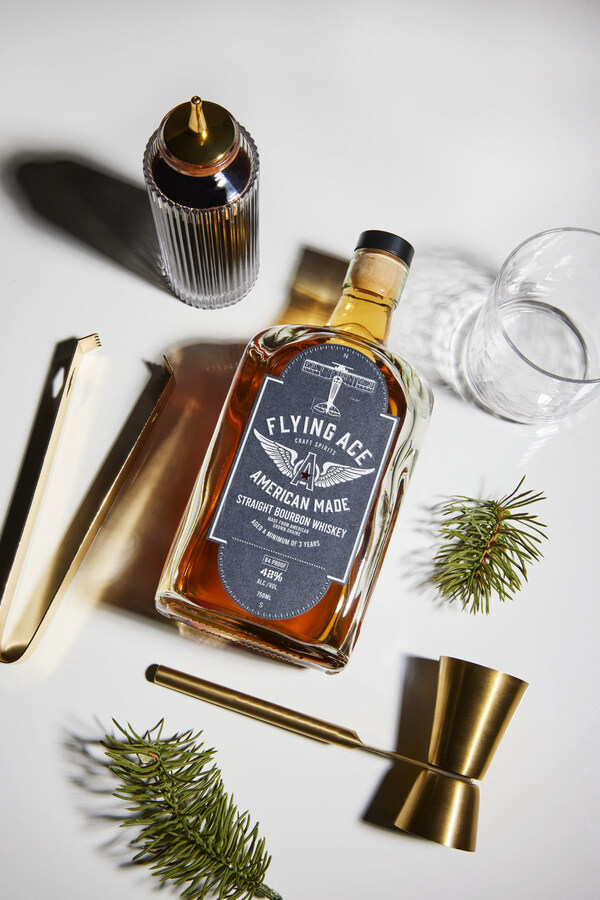Don’t you just love it when you have an interest in something and out of the blue a great opportunity to learn and experience it just falls into your lap? I sure do and I had such an event happen just a couple weeks back. The interest??? California wines made from Italian grape varietals grown throughout the state. You know, wines made from grapes like Sangiovese, Barbera, Teraldigo, Fiano, Vermentino, Aglianico, Arneis, Lagrein, Nero d’ Avola, Primitivo, Trebbiano, Dolcetto and many more. Maybe you don’t know about many or any of these varietals, possibly the only wines you may be familiar with are Chianti (mostly Sangiovese) or Lambrusco. No matter what, I am here to encourage you to look beyond your normal wine choices and consider the diversity that the influx of Italian varietals planted in California is bringing to the palate of the wine consumer.
 Ah, now you may be wondering what event spurred this push towards the Italian varietals. On February 4th, I attended a forum on the Trends in Italian Varietals in California, presented by Dario Sattui and his staff at the Castello di Amorosa. Before I discuss the forum, I have to say that being on the Castle grounds is a treat. The beauty and detail that make the Castello di Amorosa facility so spectacular are definitely worth seeing. The architecture, the artwork, the beauty of the upper portion of the Napa Valley all combined into a wine making facility is worthy of a visit, if for no other reason than to let the child in you that always wanted to live in a castle experience the fantasy.
Ah, now you may be wondering what event spurred this push towards the Italian varietals. On February 4th, I attended a forum on the Trends in Italian Varietals in California, presented by Dario Sattui and his staff at the Castello di Amorosa. Before I discuss the forum, I have to say that being on the Castle grounds is a treat. The beauty and detail that make the Castello di Amorosa facility so spectacular are definitely worth seeing. The architecture, the artwork, the beauty of the upper portion of the Napa Valley all combined into a wine making facility is worthy of a visit, if for no other reason than to let the child in you that always wanted to live in a castle experience the fantasy.
I took a little time in advance to re-familiarize myself with the castle grounds, having visited in the past, before heading to the amazing Great Hall of the Castello di Amorosa for the forum. As I entered I was greeted by Jim Sullivan, the VP of Public Relations and Marketing and then was introduced to the owner, Dario Sattui. I had the opportunity to discuss their recent successes at the San Francisco Chronicle Wine competition, where among other awards they received the Sweepstakes award for the best dessert wine of the competition (2011 Late Harvest Gewurztraminer). While meeting and greeting with the staff, owner, the panel and media participants, we all enjoyed their Sangiovese and the their 2010 Dry Gewurtztraminer. After a short hospitality session, everyone proceeded to take seats and the forum began. Initially, all the participants were given a very gracious welcome by Dario Sattui and Jim Sullivan before moving directly to the forum.
Now the focus of the forum was a six person panel addressing questions pertaining to where Italian varietals are today and where they are headed in the future. The gentlemen making up this panel were Diego Barison of NovaVine, Glenn Salva who is with Antinori California and Antica Napa Valley, Bob Pepi with Andretti Winery, Marco Bertacinni of AEB Group, Sebastiano Rosa of Agricola Punica/Castello di Amorosa, and Brooks Painter winemaker for Castello di Amorosa. These individuals brought substantial experience and knowledge garnered from around the world, but specifically in Italy and California. Their combined background made for a very illuminating afternoon. The following are brief summaries of some of the topics addressed during the afternoon.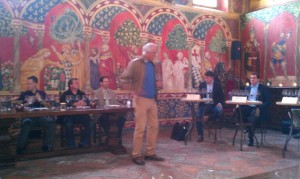
• The discussion started around which are the most successful Italian varietals in California. (Initially addressed to Diego Barison) The response included a number of varieties like Barbera, Sangiovese and included Aglianico, Fiano, Vermentino and Teraldigo. It was also mentioned Fiano, Teraldigo and Montepulciano do well considering they are producing wines that have higher acidity levels. Throughout the day’s discussions the differences in climate, soils, farming techniques and other challenges were frequently mentioned as issues to face in expanding the planting of and wine producing from Italian Varietals.
• The second major question addressed comparing Italian Sangiovese based wines versus those made in California. (Initially addressed to Glenn Salva) Sangiovese arrived in California in mostly in 1986 and now has over 500 acres planted. The general belief seemed to be that there has been a big learning curve. Sangiovese is much different in Italy, there are different clones and wines made from these grapes. In California it is much more limited in focus and the diversity of wines being made.
• How has he (Bob Pepi) modified Sangiovese Production in his winemaking efforts. Mr. Pepi stated that they began working with Sangiovese in 1981 and were planting the varietal on a rock outcropping with very poor soil, but ideal for grapes. He maintained that bad soil creates great fruit. He added that his production focuses on minimalistic wine making, up to a year in the barrel and implied that Sangiovese does well east of the Silverado Trail in the Napa Valley. Bottom line, less is better.
• What are the trends in winemaking in both Italy and California? (question posed to Marco Bertacinni) Marco believes that wine makers want to make great red wines, but feels that the alcohol content is not as important in Italy as it is in California.
Additionally, he feels that more effort is being made to produce more aromatic white wines in both areas. Because of these efforts he felt there is an emphasis on finding yeasts that help develop the aromatics in white wines, additionally to find yeasts that can work well in more difficult fermentation situations.
• Will your style change to make Napa based Italian Varietal wines? (posed to Brooks Painter) He stated that California is distinctly different than Italy when it comes to the farming aspect of wine making. He feels it is difficult to be able to duplicate the acidity in the wines from Italy. Brooks added that the gentle handling of the wines in farming and production will be important and that there is a steep learning curve to be overcome to produce quality Italian varietals in California.
• As the forum continued, the issue of higher alcohol contents in California wines seemed to be a constant concern, along with the acidity levels associated with Italian Wine. The climate in California is definitely more conducive to higher sugar levels, which translates to more forward fruit and subsequently greater alcohol levels. The way to mitigate this is to find niche locations to farm the grapes that will allow them to be produced in a similar environment to Italy.
•In Italy, wines tend to show a much better acidity and finesse. The challenge will be to reach the consumer in both the United States and California to open their palate to these styles of wine. Currently, the American consumer is not a big fan of greater levels of acidity in their wines and the best way to educate the consumer palate is to make the efforts to pair the Italian varietals with food.
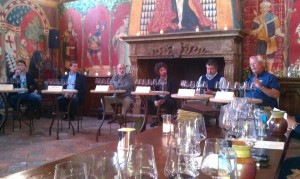 •It was evident that all the panel members were basically in agreement on these issues — especially the challenges of enlightening the consumer palate to the joys of Italian style wine. Summarizing the forum, it was apparent that all participants felt Italian varietals had a great potential in California. The major challenges highlighted were farming, production issues and most significantly the lack of interest in higher acidity and lower alcohol by the consumer. All in all, this was a wonderful opportunity to hear from experts about the potential of wine grapes from the old world as they develop in California.
•It was evident that all the panel members were basically in agreement on these issues — especially the challenges of enlightening the consumer palate to the joys of Italian style wine. Summarizing the forum, it was apparent that all participants felt Italian varietals had a great potential in California. The major challenges highlighted were farming, production issues and most significantly the lack of interest in higher acidity and lower alcohol by the consumer. All in all, this was a wonderful opportunity to hear from experts about the potential of wine grapes from the old world as they develop in California.
•I do want to take a moment to thank my hosts Dario Sattui, Jim Sullivan and especially Julie Ann Kodmur for including me on their invitation list for this event. The forum was fantastic, the facility amazing and the food and wine were excellent.
Oh, I did not mention the wines we were able to taste before, during and after the event. Here is a short list of some of the wine I was able to experience. Yes there were many more and all were wonderful, but these are some that I had notes on:
• Antinori Tiagnello 2009 – Cherry, smoked sausage wonderful acidity.
• Bray Vineyards Barbera 2010 – Minerality, earthy, cherry and dark fruit.
• Barrua 2009 – Spicy, cranberry/candied fruit, nice acid, expanding, great finish.
• Castello di Amorosa La Castellanna 2008 – Red fruit, complex and long finish.
• Castello di Amorosa Sangiovese 2009 – Forward cherry, spicy and good balance.
In closing, all I would like to do is ask that you give some Italian Varietals made in California a chance. Try something new and see what you think, my bet is that you will be surprised……greatly. As always, Life is Too Short to Drink Bad Wine, so go out this week and give the Italian Grapes a shot! You could find a new favorite!!!!
Rick Fraga has been chasing down all things wine for over 30 years as a consumer and over 20 years working in various aspects of the wine industry. His introduction to wine started in the US Army in Germany, continued with the help of his father and a sizable group of vinophile friends — over the years it has grown to an obsession. After toiling as a management “cubicle life-form” for over twenty years, now Rick’s passion for wine has him fully involved in the wine industry. Currently, he is on staff at Martinelli Winery and Vineyards, providing education, hospitality and retail services. He is also a member of the AgBusiness/Wine Studies Advisory Committee at Santa Rosa Junior College. Rick is a professional wine judge and writes a blog pertaining to all things wine called Gateway To Wine. Finally, due to a fortuitous meeting with a fellow wino, Michael Perlis, at a notoriously great food and wine spot in Las Vegas, he has become an occasional contributor to Eve’s Wine 101. He is hoping to continue in the wonderful of wine until he can no longer climb out of bed. If you would like to see Rick’s blog, find him at gatewaytowine.com or contact him at gatewaytowine@gmail.com.






